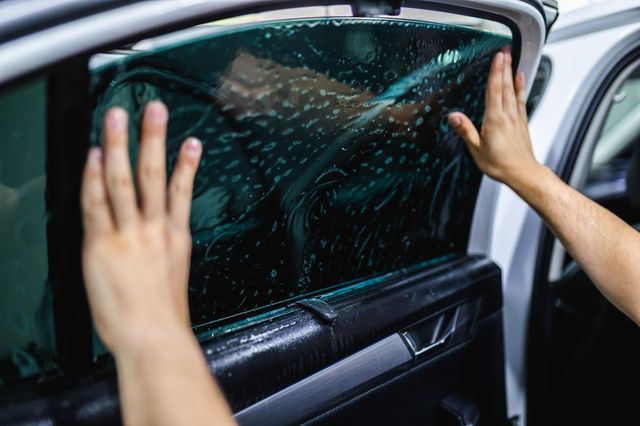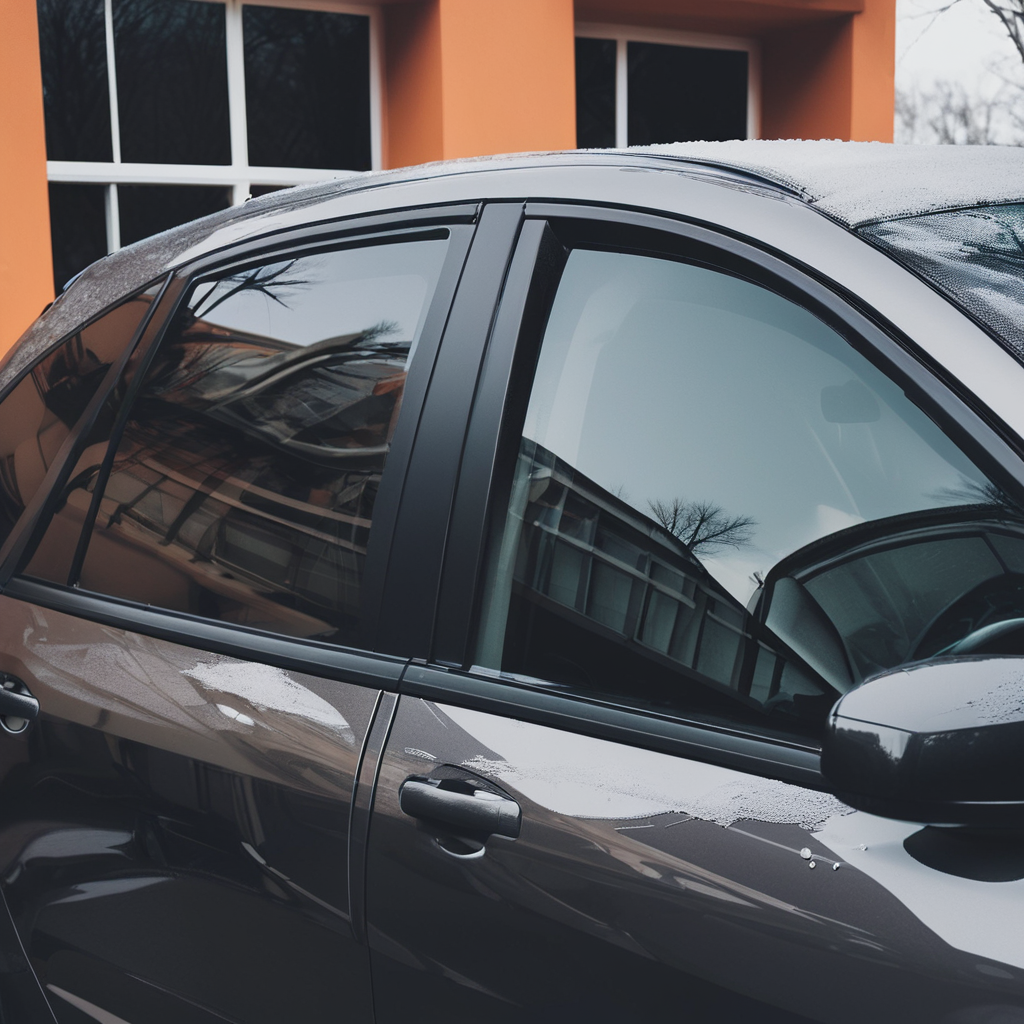Premier Car Window Tinting Solutions in Your Area
Premier Car Window Tinting Solutions in Your Area
Blog Article
Home Window Tinting Rules and Guidelines: What You Required to Know Prior To Tinting Your Automobile
Prior to continuing with home window tinting for your automobile, it is necessary to acquaint yourself with the varied laws and guidelines that regulate this technique across different states. These policies determine the acceptable levels of tint darkness, often gauged by visible light transmission (VLT) percentages, and include particular stipulations for front windscreens focused on ensuring roadway safety and security. Additionally, certain jurisdictions might use clinical exemptions for people with certifying conditions. Understanding these intricacies can conserve you from possible lawful ramifications, yet what are the particular regulations in your state?
Review of Window Tinting Rules
Window tinting regulations are regularly based on variation throughout various territories, reflecting regional regulations and safety and security considerations. These laws determine the acceptable levels of color darkness and reflectiveness on vehicle windows, making sure that drivers keep ample visibility while additionally safeguarding versus damaging UV rays and warm.
A lot of guidelines classify home window tinting based on the Visible Light Transmission (VLT) percent, which shows the amount of light that can pass through the home window. Generally, lower VLT percents symbolize darker tints. Laws typically separate in between the front, side, and rear windows, with more stringent limitations related to the front windshield to improve security for both the motorist and various other road individuals.
Compliance with window tinting laws is essential, as infractions can result in penalties, compulsory elimination of the color, and potential rises in insurance costs. It is vital for automobile owners to familiarize themselves with local regulations prior to continuing with window tinting installations.
State-by-State Color Regulations
Understanding the details home window tinting regulations in each state is vital for lorry proprietors looking for to abide by the legislation. Each state in the united state has established its own set of guidelines controling home window tinting, which can differ considerably. These policies usually determine the allowable degrees of color darkness, the sorts of windows that can be tinted, and any clinical exemptions that might apply.
As an example, states like California have rigid limitations on color darkness for front windows, while others, such as New Mexico, might enable darker tints. Additionally, certain states mandate particular visibility portions for numerous windows, consisting of the windshield, front side windows, and back windows. It is important for cars and truck owners to familiarize themselves with their state's regulations to stay clear of possible fines or charges.
Additionally, some states may require an accreditation sticker label to be positioned on colored windows, suggesting compliance with state legislations. Failure to abide by these guidelines not just runs the risk of lawful repercussions however can likewise affect security and presence while driving. Automobile proprietors need to perform thorough study or speak with neighborhood authorities to ensure complete understanding and conformity with state-by-state color guidelines.
Allowed Color Types and levels
Several car owners might be surprised to learn that permitted tint levels and types differ widely throughout different states. Each state has established its own policies regarding the permitted darkness and reflectivity of window tint, typically measured by Visible Light Transmission (VLT) percentages. VLT describes the quantity of light that can go through the colored home windows; hence, a lower portion shows a darker tint.

Additionally, the this website kinds of color products permitted can vary, with some states forbiding mirror-like or metallic coatings. It is necessary for lorry owners to acquaint themselves with their state's particular regulations to make certain compliance. Non-compliance can cause fines, obligatory removal of the tint, or other lawful repercussions, making it important to understand these guidelines prior to waging installment.
Medical Exemptions for Tinting
While not all states supply allocations for clinical exceptions concerning window tinting, those that do identify the need for details people to enhance presence and convenience due to clinical conditions. Numerous medical problems, such as lupus, skin cancer cells, and certain eye disorders, can render individuals specifically conscious sunshine. Consequently, these people might require darker tints to safeguard themselves from harmful UV rays and glow.

It is essential to keep in mind that despite having a clinical exception, there may still be constraints on the degree of color permitted. Compliance with state regulations makes sure that people are both protected and within lawful restrictions. Those considering clinical exceptions must call their regional Department of Electric motor Vehicles or comparable authority to comprehend the needs and procedures needed to look for an exemption efficiently.
Charges for Non-Compliance
Failing to abide by home window tinting i was reading this legislations can cause considerable penalties, which differ by state. Police are encouraged to issue citations for automobiles that do not abide by the specified tinting guidelines. These penalties commonly include fines, which can range from moderate amounts to a number of hundred bucks, relying on the severity of the offense and the state in question.
In some jurisdictions, repeated offenses may cause intensifying fines or additional fines, such as necessary court looks. In addition, non-compliance might necessitate the removal of illegal tinting, frequently at the proprietor's cost. In severe cases, regular wrongdoers might deal with suspension of their lorry registration till conformity is accomplished.
Furthermore, insurance coverage ramifications may develop from getting multiple citations for home window tint violations. Insurers may see such infractions as a sign of riskier behavior, potentially leading to raised premiums or trouble in insurance coverage.
To avoid these fines, it is crucial for automobile owners to acquaint themselves with their regional home window tinting legislations and make sure that their car complies (Window Tinting). This aggressive approach not just avoids lawful ramifications yet likewise promotes road safety and security
Conclusion

A lot of policies identify window tinting based on the Visible Light Transmission (VLT) portion, which shows the quantity of light that can pass through the window. Conformity with window tinting laws is critical, as offenses can result in fines, necessary elimination of the tint, and potential rises in insurance costs.Recognizing the certain home window tinting laws in each state is vital for lorry owners seeking to conform with the legislation. These published here laws often determine the permitted degrees of tint darkness, the types of home windows that can be tinted, and any clinical exemptions that might apply.
For circumstances, states like The golden state have rigorous constraints on tint darkness for front windows, while others, such as New Mexico, might permit darker tints.
Report this page